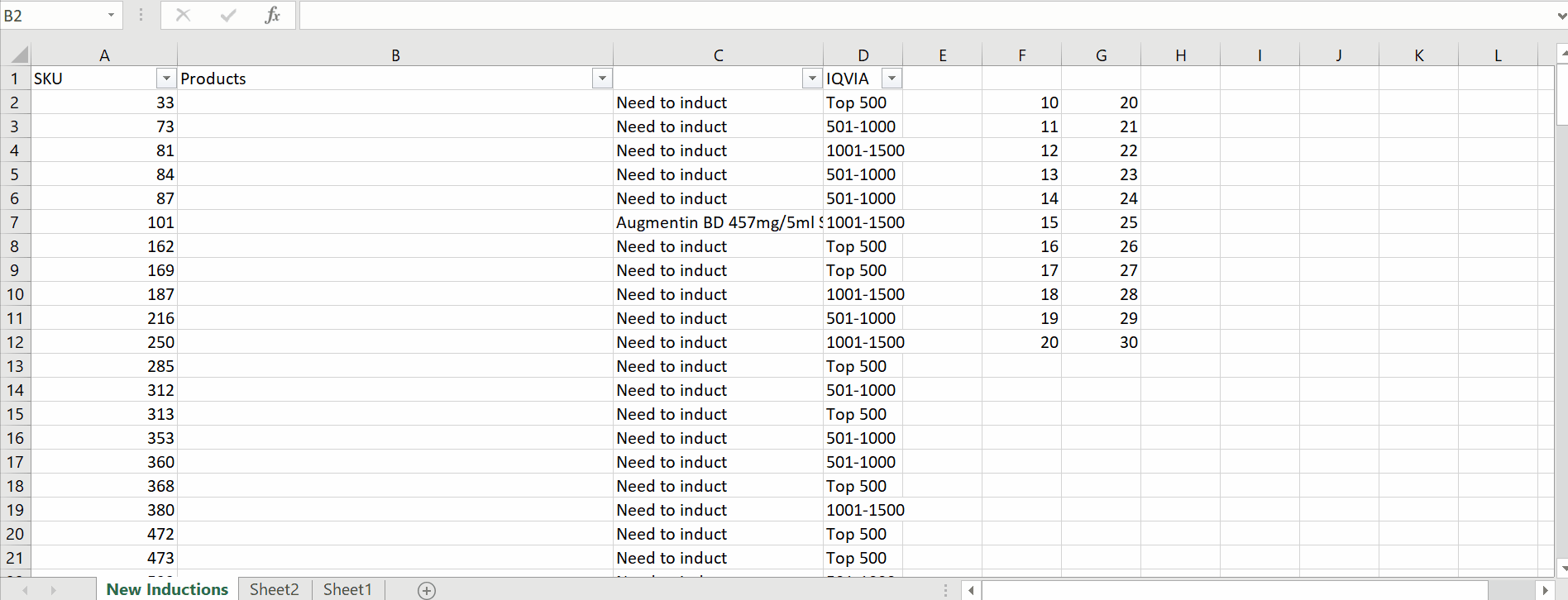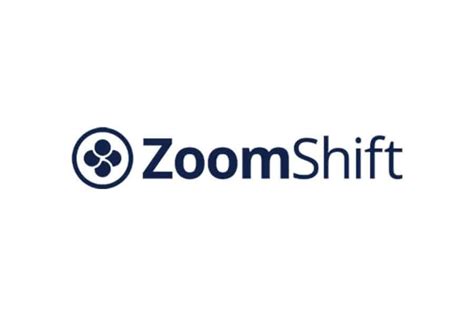USB-C to HDMI Connection Troubleshooting Guide
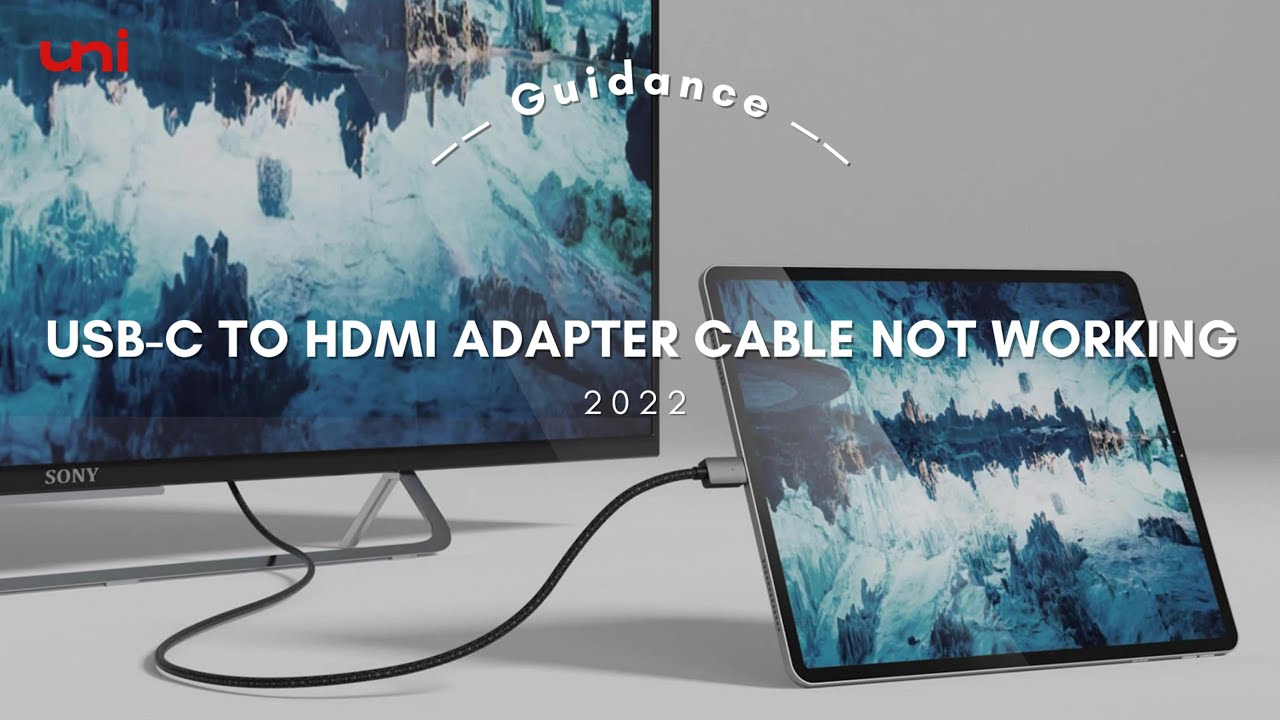
In today's digital landscape, where seamless connectivity is a necessity, the USB-C to HDMI connection has become an essential tool for many professionals and individuals alike. However, like any technology, it can sometimes encounter issues, leaving users frustrated and seeking solutions. This comprehensive guide aims to provide an expert-level troubleshooting journey, offering practical steps and insights to resolve common problems associated with USB-C to HDMI connectivity.
Understanding the USB-C to HDMI Interface

The USB-C to HDMI connection is a versatile solution that enables the transfer of audio and video signals between compatible devices. USB-C, with its reversible connector and high data transfer rate, has revolutionized the way we connect various gadgets. By utilizing an adapter or cable, one can effortlessly transmit high-quality audio and video from devices such as laptops, smartphones, and tablets to HDMI-enabled displays like monitors, TVs, and projectors.
Despite its simplicity, this technology can encounter a range of issues, from compatibility problems to hardware malfunctions. This guide will delve into these common challenges and provide detailed solutions to ensure a smooth and reliable connection.
Common USB-C to HDMI Connection Issues
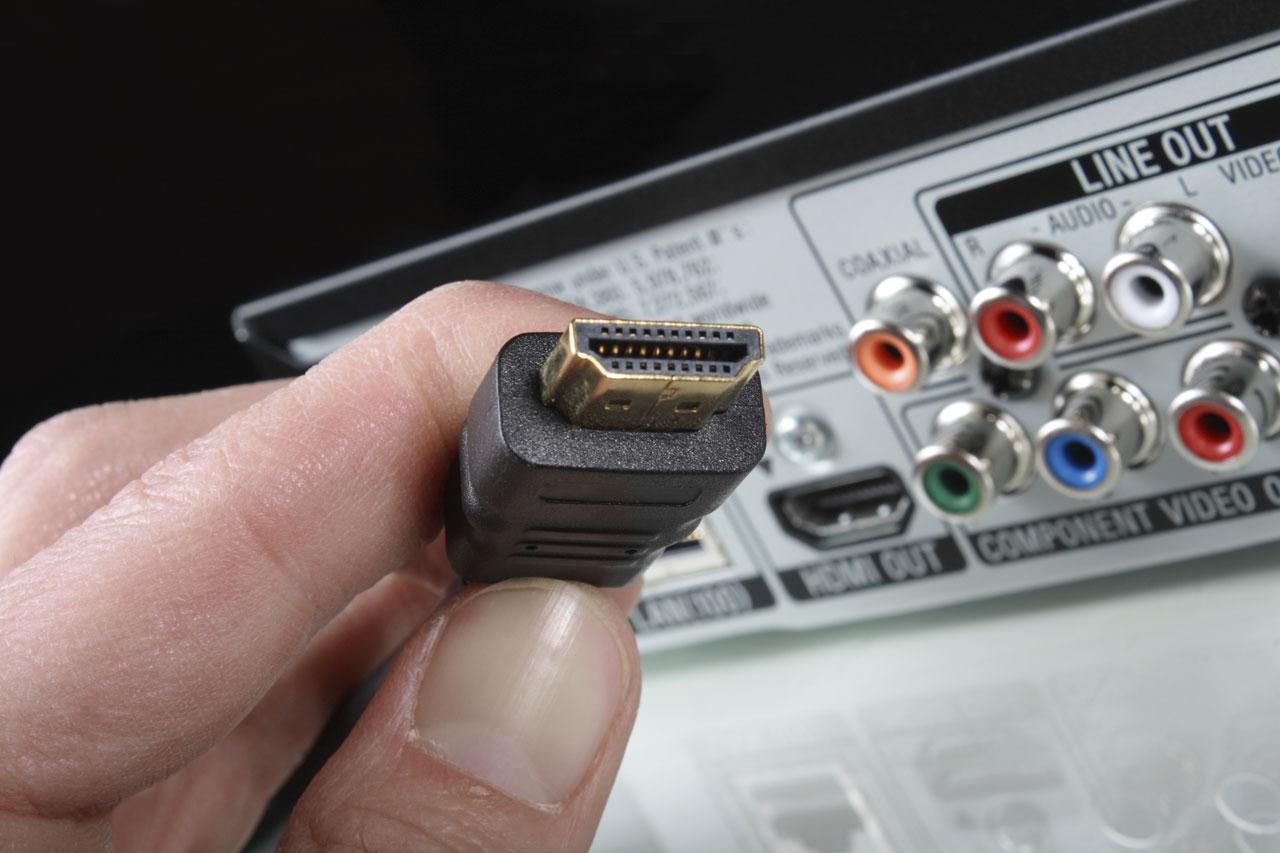
Before we dive into the troubleshooting process, it’s essential to identify the potential pitfalls that can hinder a successful USB-C to HDMI connection.
Compatibility Concerns
One of the primary challenges is ensuring compatibility between the USB-C port and the HDMI input. Not all USB-C ports support video output, and even those that do may have varying capabilities. Additionally, HDMI versions play a crucial role; an older HDMI port may not support the higher resolutions and refresh rates that newer USB-C ports are capable of.
| USB-C Port Feature | Common Issues |
|---|---|
| DisplayPort Alternate Mode | May require specific driver updates or support from the device. |
| Thunderbolt | Can offer enhanced performance but may not be supported by all devices. |
| USB Power Delivery | Ensuring sufficient power delivery for stable connection. |
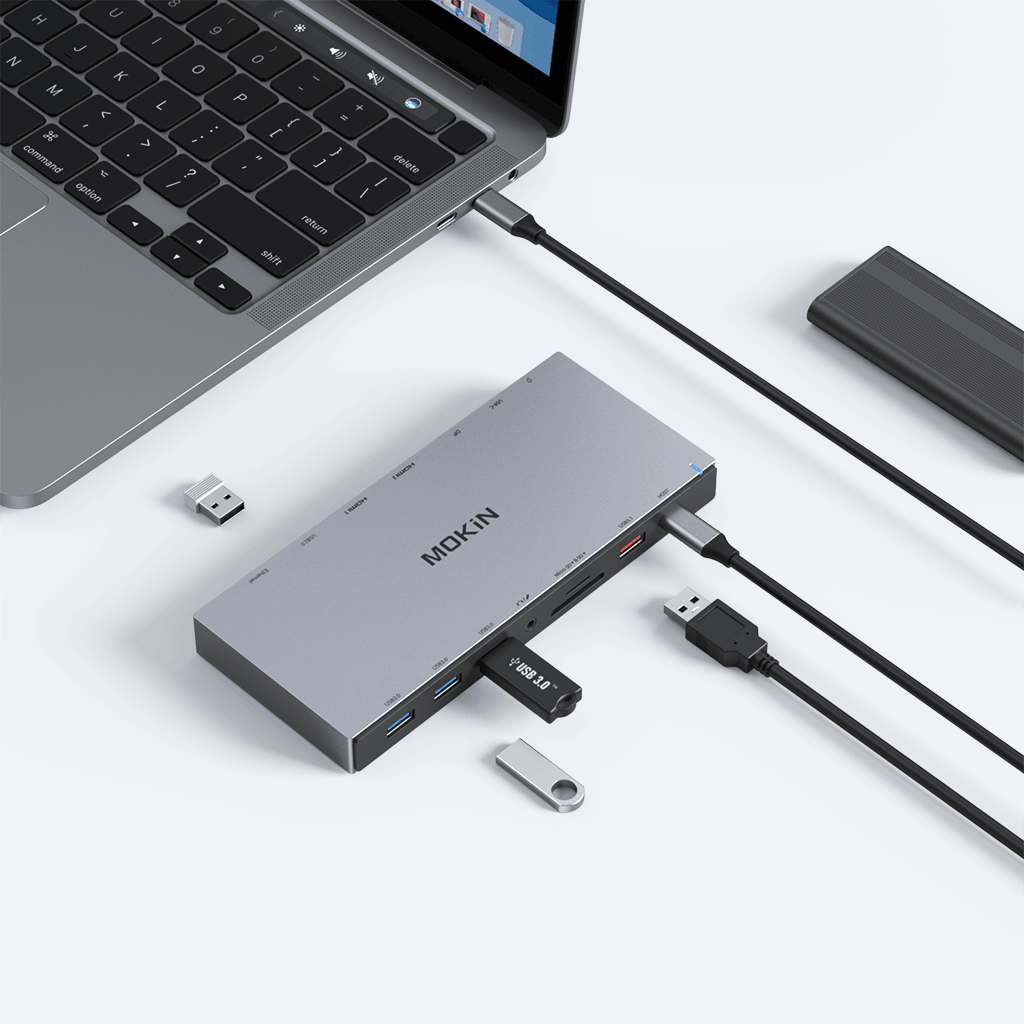
To address compatibility concerns, it's crucial to verify the specifications of both the USB-C port and the HDMI input. Checking the device's manual or manufacturer's website can provide valuable insights into supported resolutions, refresh rates, and power requirements.
Hardware-Related Problems
Beyond compatibility, physical hardware can also be a source of connection issues. Faulty cables, damaged ports, or even loose connections can disrupt the smooth flow of data. Identifying and resolving these hardware-related problems is often a key step in establishing a stable USB-C to HDMI connection.
- Damaged Cables: Inspect the USB-C and HDMI cables for any visible signs of damage, such as frayed wires or cracked insulation. Consider replacing the cables if any issues are found.
- Loose Connections: Ensure that both the USB-C and HDMI connectors are securely plugged into their respective ports. A loose connection can result in intermittent or no signal.
- Port Malfunction: If the issue persists, try using the same cable with a different device or port. This can help determine whether the problem lies with the cable or the specific port.
Step-by-Step Troubleshooting Guide
Now that we’ve identified the common issues, let’s explore a systematic approach to troubleshooting USB-C to HDMI connections.
Step 1: Verify Device Compatibility
Before attempting any advanced troubleshooting, ensure that your device and the HDMI display are compatible with each other. Check the device’s specifications to confirm its ability to output video via USB-C. Additionally, verify the HDMI input’s capabilities to ensure it can receive the desired resolution and refresh rate.
Step 2: Check Cable Integrity
A faulty cable can be a common culprit behind connection issues. Inspect the cable for any physical damage, and if necessary, replace it with a known-good cable. When selecting a replacement, consider the length, quality, and any specific requirements, such as support for high bandwidth or specific resolutions.
Step 3: Update Drivers and Firmware
Outdated drivers or firmware can lead to compatibility issues and connection problems. Visit the manufacturer’s website to download the latest drivers for both the device and the HDMI display. Ensure that you install them correctly and verify their functionality after the update.
Step 4: Adjust Display Settings
Incorrect display settings can result in an unstable or incorrect connection. Access the device’s display settings and ensure that the output resolution and refresh rate match the capabilities of the HDMI display. If the device offers multiple display modes, such as extended desktop or mirroring, experiment with different settings to find the optimal configuration.
Step 5: Troubleshoot Power Delivery
Some USB-C to HDMI adapters or cables rely on Power Delivery (PD) to supply power to the connected display. If the connection is unstable or the display is not receiving power, verify that the PD capabilities of the device and adapter/cable are compatible. Additionally, ensure that the power source (e.g., power brick) is providing sufficient power to support the connection.
Step 6: Test with Alternative Cables and Devices
If the issue persists, try using an alternative USB-C to HDMI cable or adapter to eliminate the possibility of a faulty cable. Additionally, connect the device to a different HDMI display to confirm whether the problem lies with the specific HDMI input or the device itself.
Step 7: Contact Technical Support
If all else fails, it may be necessary to seek assistance from technical support. Contact the manufacturer of the device or HDMI display to discuss the issue and explore potential solutions. They may provide additional insights or recommend specific troubleshooting steps tailored to your specific setup.
Advanced Troubleshooting Techniques
For more complex issues, the following advanced techniques can be employed to identify and resolve USB-C to HDMI connection problems.
Checking USB-C Port Capabilities
Not all USB-C ports are created equal. Some may support only data transfer, while others offer video output. To verify the capabilities of your USB-C port, you can use specialized software or hardware tools that can detect the port’s specifications and features.
Using Diagnostic Tools
Diagnostic tools, such as those provided by device manufacturers, can be invaluable in identifying connection issues. These tools can scan for potential problems, check cable integrity, and even provide detailed logs that can be useful for further analysis.
Checking for Firmware Updates
Outdated firmware can sometimes be the root cause of connection problems. Regularly check for firmware updates from the device and HDMI display manufacturers. These updates often include bug fixes and improvements that can enhance the stability and performance of the connection.
Experimenting with Display Modes
If you’re experiencing issues with mirroring or extended desktop modes, try experimenting with different display modes. Some devices may have specific modes that are better suited for certain types of connections or displays. Consult the device’s documentation or online resources to explore alternative display modes.
Prevention and Maintenance Tips
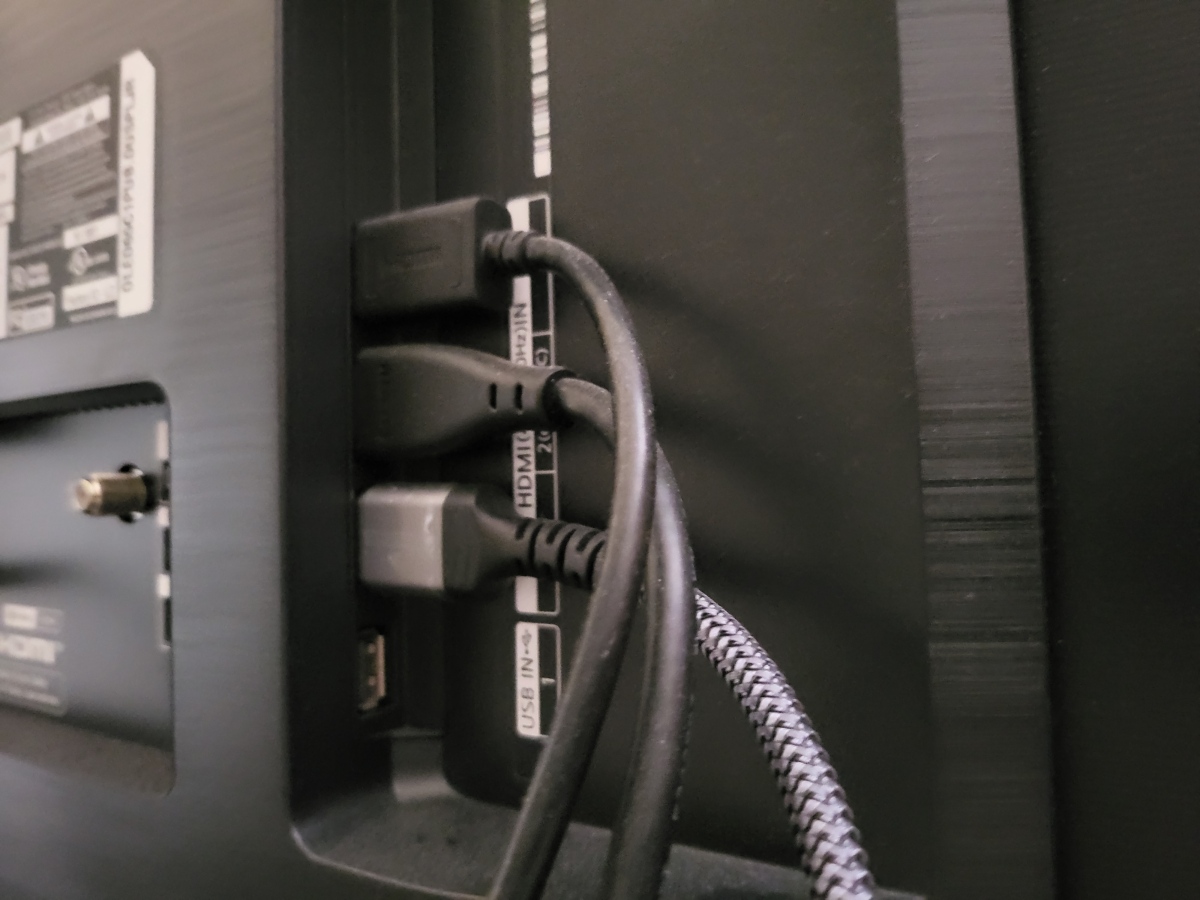
While troubleshooting is essential when issues arise, prevention and regular maintenance can help minimize the occurrence of USB-C to HDMI connection problems.
Regularly Update Drivers and Firmware
Keeping your device’s drivers and firmware up to date is crucial for maintaining compatibility and optimal performance. Set up automatic updates or regularly check for new releases to ensure your system is running the latest software.
Use High-Quality Cables and Adapters
Investing in high-quality USB-C to HDMI cables and adapters can significantly reduce the chances of connection issues. Look for reputable brands that offer cables with robust construction and support for the desired resolutions and bandwidth.
Avoid Overloading Power Delivery
If your setup relies on Power Delivery, ensure that the power source can provide sufficient power for both the device and the HDMI display. Overloading the power delivery system can lead to instability and connection problems. Consider using a higher-wattage power adapter or a dedicated power supply for demanding setups.
Clean and Inspect Ports Regularly
Dust and debris can accumulate in device ports over time, causing connection issues. Regularly clean the USB-C and HDMI ports using compressed air or a soft brush to remove any buildup. Additionally, inspect the ports for any physical damage, such as bent pins or corrosion, and address these issues promptly.
Future Outlook and Emerging Technologies
As technology advances, the landscape of USB-C to HDMI connectivity is evolving. Here’s a glimpse into the future and some emerging trends in this field.
Enhanced Power Delivery
The latest USB-C standards, such as USB4, are pushing the boundaries of Power Delivery, offering higher wattage and faster charging capabilities. This development will not only improve the stability of USB-C to HDMI connections but also enable more powerful and energy-intensive devices to be connected seamlessly.
Higher Resolution and Refresh Rates
With advancements in display technology, we can expect USB-C to HDMI connections to support even higher resolutions and refresh rates. This will enable ultra-high-definition (UHD) and even 8K content to be displayed smoothly, opening up new possibilities for immersive visual experiences.
Wireless USB-C to HDMI
While wired connections are reliable, the future may see the rise of wireless USB-C to HDMI solutions. Emerging technologies, such as Wi-Fi 6 and Bluetooth 5.0, are paving the way for high-bandwidth wireless connections, potentially eliminating the need for physical cables.
AI-Assisted Troubleshooting
Artificial intelligence is making its way into the troubleshooting realm. AI-powered tools can analyze connection issues, provide real-time diagnostics, and even suggest optimized settings based on your specific hardware and software configuration. This technology has the potential to revolutionize the way we troubleshoot and enhance the user experience.
Conclusion
The USB-C to HDMI connection is a powerful tool that enables seamless audio and video transmission between devices. While it offers numerous advantages, it can encounter challenges that require a systematic troubleshooting approach. By understanding the common issues and employing the techniques outlined in this guide, users can quickly resolve connection problems and enjoy a stable, reliable connection.
As technology advances, we can look forward to even more robust and versatile USB-C to HDMI solutions. With emerging trends in power delivery, resolution capabilities, and wireless connectivity, the future of this technology is bright and full of potential. Stay updated, maintain your devices, and embrace the evolving landscape of digital connectivity.
What is the maximum resolution supported by USB-C to HDMI connections?
+USB-C to HDMI connections can support a wide range of resolutions, depending on the capabilities of the USB-C port and the HDMI input. Generally, USB-C ports can output up to 4K (3840 x 2160) or even 5K (5120 x 2880) resolutions. However, the HDMI input must also support these higher resolutions to ensure a stable connection.
Can I use a USB-C to HDMI adapter with an older device that doesn’t have a USB-C port?
+Yes, you can use a USB-C to HDMI adapter with an older device by utilizing a USB-C to USB-A adapter. This combination allows you to connect USB-C to HDMI adapters to devices with USB-A ports, effectively enabling compatibility with older devices.
Are there any specific requirements for USB-C to HDMI cables?
+Yes, USB-C to HDMI cables should meet certain standards to ensure reliable performance. Look for cables that are certified by relevant standards bodies, such as USB-IF or HDMI Licensing, LLC. Additionally, consider the cable’s length, as longer cables may require active components to maintain signal integrity.

